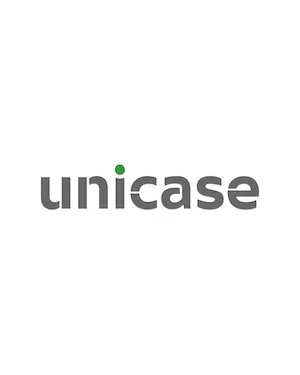Waste is one of the main environmental problems, carrying potential hazards to human health and the environment. The dynamic population growth rate in major cities of Kazakhstan, increased consumption levels, and the rising number of legal entities lead to constant growth in the volumes of municipal and industrial waste. Furthermore, undeveloped legal regulation aggravated the situation in waste management.
Starting in 2021 changes have been taking place in the field of waste management by development of more detailed regulations and increased requirements for waste generators. The main novelty of the environmental legislation is the principle of "polluter pays and rectifies." According to the "polluter pays" principle, waste generators are responsible for ensuring compliance with environmental requirements for waste management until such waste is transferred to the possession of entities engaged in waste recovery or disposal operations.
In connection with the tightening of environmental legislation, private individuals, international financial institutions and investors are reaching out to us in terms of obtaining permits related to waste management or waste disposal.Different types of permits are required for each entrepreneur depending on the sphere of activity. However, for informational purposes, we describe the most common type of permit.
The most common and universal type of permit is an environmental permit, which determines the environmental requirements for waste generation. According to the environmental code, operators of facilities categorised as I and (or) II, due to their significant negative impact on the environment, must possess environmental permits and relevant documentation related to waste management.
Under Article 106 of the Environmental Code, individuals or legal entities may only carry out negative impacts on the environment after obtaining an environmental permit. The Environmental Code distinguishes between environmental impact permits and comprehensive environmental permits. Obtaining an integrated environmental permit for Category I facilities is mandatory from 1 January 2025.
Having an environmental impact permit is mandatory for Category I and II facilities. An environmental permit is not required for activities related to the construction and operation of Category III and IV facilities unless they are located within the industrial site of a Category I or II facility and are technologically linked to it. Category III facilities must submit an environmental impact declaration to the local executive body of the relevant administrative-territorial unit.
An environmental permit includes a waste management program, emission standards into the environment, and limits on waste accumulation.
- Standards of Environment Emissions: Emissions into the environment must comply with emission standards developed to prevent violations of environmental quality standards. Emission standards are calculated and justified in a distinct document known as the emission standards project, which is developed in connection with the relevant project documentation for the facility operation. Emission standards are set for the duration of the environmental permit. Emission standards are not established for Category III and IV facilities. Emission volumes into the environment exceeding the emission standards established by the environmental permit are considered excessive.
- Waste Accumulation Limits: Individuals and legal entities operating enterprises, buildings, structures, facilities, and other waste-related objects are required to develop waste placement standards projects to reduce their quantity. Waste accumulation limits and burial limits are established for Category I and II facilities based on the corresponding environmental permit.
- Waste Management Program: An integral part of the environmental permit is the waste management program. Operators of Category I and (or) II facilities, as well as individuals performing sorting, and processing, including neutralisation, recovery, and (or) disposal operations, are obliged to develop a waste management program. The waste management program must contain information on the volume and composition of waste generated and (or) received from third parties, methods of accumulation, collection, transportation, neutralisation, recovery, and disposal, as well as a description of proposed measures to reduce waste generation, increase the proportion of their reuse, recycling, and disposal. The waste management program for Category I facilities is developed taking into account the need to use the best available techniques.
It should be noted, that exceeding the emission standards limits and waste accumulation limits established by the environmental permit are considered excessive and shall be fined under the Administrative Code of the Republic of Kazakhstan. For instance, submitting an inaccurate declaration of environmental impact shall entail a fine in the range between one hundred and fifty to one thousand monthly calculated indexes depending on the size of the legal entity. While for violating waste accumulation or burial limits shall entail a fine in the amount of ten thousand percent of the waste burial fee rate for the quantity of waste accumulated or buried beyond the established limit.
The list of permits is not exclusive and requires an extensive and careful approach when performing activities in Kazakhstan in connection with waste transportation, reuse, recycling, disposal, etc.
The content of this article is intended to provide a general guide to the subject matter. Specialist advice should be sought about your specific circumstances.


